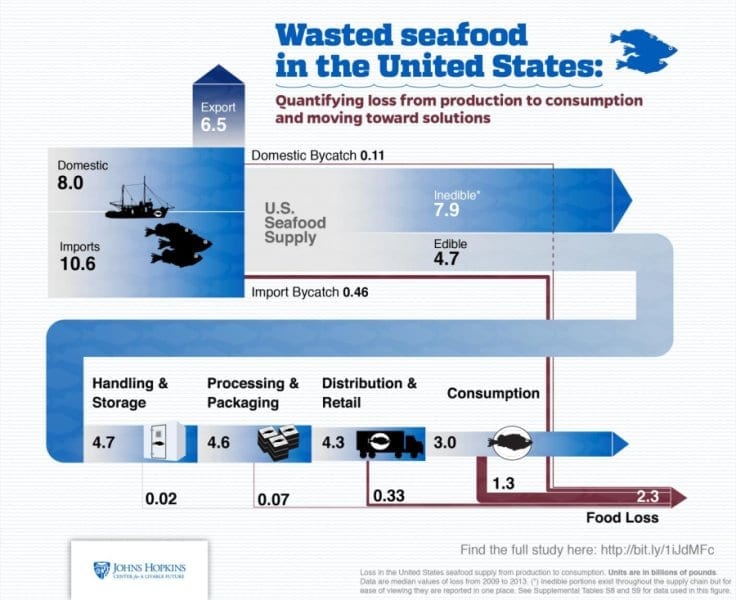
Hold up your two hands. They are identical in structure, but mirror opposites. No matter how hard you try, they can’t be superimposed onto each other. Or, as chemists would say, they have “chirality,” from the Greek word for hand. A molecule that is chiral comes in two identical, but opposite, forms—just like a left and right hand.
University of Vermont chemist Severin Schneebeli has invented a new way to use chirality to make a wrench. A nanoscale wrench. His team’s discovery allows them to precisely control nanoscale shapes and holds promise as a highly accurate and fast method of creating customized molecules.
This use of “chirality-assisted synthesis” is a fundamentally new approach to control the shape of large molecules — one of the foundational needs for making a new generation of complex synthetic materials, including polymers and medicines.
The UVM team’s results were presented online, Sept. 9, in the top-ranked chemistry journal Angewandte Chemie.
Like Legos
Experimenting with anthracene, a substance found in coal, Schneebeli and his team assembled C-shaped strips of molecules that, because of their chirality, are able to join each other in only one direction. “They’re like Legos,” Schneebeli explains. These molecular strips form a rigid structure that’s able to hold rings of other chemicals “in a manner similar to how a five-sided bolt head fits into a pentagonal wrench,” the team writes.
The C-shaped strips can join to each other, with two bonds, in only one geometric orientation. So, unlike many chemical structures — which have the same general formula but are flexible and can twist and rotate into many different possible shapes — “this has only one shape,” Schneebeli says. “It’s like a real wrench,” he says — with an opening a hundred-thousand-times smaller than the width of human hair: 1.7 nanometers.
“It completely keeps its shape,” he explains, even in various solvents and at many different temperatures, “which makes it pre-organized to bind to other molecules in one specific way,” he says.
This wrench, the new study shows, can reliably bind to a family of well-known large molecules called “pillarene macrocycles.” These rings of pillarene have, themselves, often been used as the “host,” in chemistry-speak, to surround and modify other “guest” chemicals in their middle — and they have many possible applications from controlled drug delivery to organic light-emitting substances.
“By embracing pillarenes,” the UVM team writes, “the C-shaped strips are able to regulate the interactions of pillarene hosts with conventional guests.” In other words, the chemists can use their new wrench to remotely adjust the chemical environment inside the pillarene in the same way a mechanic can turn an exterior bolt to adjust the performance inside an engine.
The new wrench can make binding to the inside of the pillarene rings “about one hundred times stronger,” than it would be without the wrench, Schneebeli says.
Making models
Also, “because this kind of molecule is rigid, we can model it in the computer and project how it looks before we synthesize it in the lab,” says UVM theoretical chemist Jianing Li, Schneebeli’s collaborator on the research and a co-author on the new study. Which is exactly what she did, creating detailed simulations of how the wrench would work, using computer processors in the Vermont Advanced Computing Core.
“This is a revolutionary idea,” Li said, “We have 100 percent control of the shape, which gives great atomic economy — and lets us know what will happen before we start synthesizing in the lab.”
In the lab, post-doctoral researcher and lead author Xiaoxi Liu, undergraduate Zackariah Weinert ’16, and other team members were guided by the computer simulations to test the actual chemistry. Using a mass spectrometer and an NMR spectrometer in the UVM chemistry department, the team was able to confirm Schneebeli’s idea.
Creative simplicity
Sir Fraser Stoddart, a world-leading chemist at Northwestern University, described the new study as, “Brilliant and elegant! Creative and simple.” And, indeed, it’s the simplicity of the approach that makes it powerful, Schneebeli says. “It’s all based on geometry that controls the symmetry of the molecules. This is the only shape it can take — which makes it very useful.”
Read more: A (Nano)Wrench in the Works
The Latest on: Chirality-assisted synthesis
[google_news title=”” keyword=”chirality-assisted synthesis” num_posts=”10″ blurb_length=”0″ show_thumb=”left”]
via Google News
The Latest on: Chirality-assisted synthesis
- Catalyst search shows how computing can take the guesswork out of chemistryon May 8, 2024 at 7:51 am
Imagine synthesizing and then testing over 50 different complex molecules to identify the most effective catalyst for a particular chemical reaction. The traditional approach to developing new ...
- Researchers Add Chirality to Borophene, Opening the Door to Advanced Sensors and Implantable Medical Deviceson May 7, 2024 at 5:00 pm
Now, researchers at Penn State have made the material potentially more useful by imparting chirality — or handedness — on ... cellular fragments found in blood — using solution state synthesis, which ...
- Chemists use new approach in the synthesis of complex natural substanceson May 1, 2024 at 5:00 pm
They are difficult to produce synthetically. However, chemists at the University of Basel are now introducing a new method of synthesis. Many natural substances possess interesting characteristics ...
- Research offers innovative approach to planar chiral substanceson May 1, 2024 at 6:47 am
In a recent study, Dr. Vojtěch Dočekal and Professor Jan Veselý from the Department of Organic Chemistry at the Faculty of Science, Charles University, have unveiled a highly efficient method for the ...
- Catalyst synthesis articles from across Nature Portfolioon April 26, 2024 at 5:00 pm
Catalyst synthesis is the process of fabricating catalytic materials. It aims to optimize factors such as the catalyst activity, selectivity, stability and cost. In-silico-assisted derivatization ...
- State to state regulations for assisted living & other facilitieson January 10, 2024 at 5:02 am
Individual state agencies - not the federal government - regulate assisted living facilities. In most cases, it's up to the state health or social services department to regulate assisted living ...
- speech synthesison September 21, 2023 at 5:00 pm
You may not have heard, but there’s a chip shortage out there. And it’s not just the fancy new chips that are in short supply; the chips that were fancy and new back when you could still buy ...
- Dr. Rafik Naccache, PhDon June 5, 2023 at 9:26 am
We explore the microwave-assisted synthesis of chiral carbon dots generated from chiral amino acid precursors. This allows us to develop chiral specific anti-viral and anti-microbial applications. We ...
- Assisted Suicideon March 24, 2022 at 7:58 pm
Physician-assisted suicide, also known as aid-in-dying or simply “assisted suicide,” is a decision made in collaboration with a medical professional to deliberately end one’s life.
- INOUE Photo-chirogenesison April 21, 2018 at 4:09 am
A new concept has thus been proposed: “entropic multidimensional control of chirality.” Achievement of the world-best ee for photosensitized asymmetric synthesis: By exploiting the entropic ...
via Bing News









